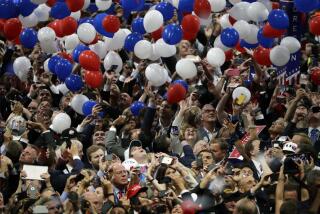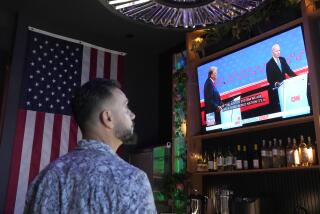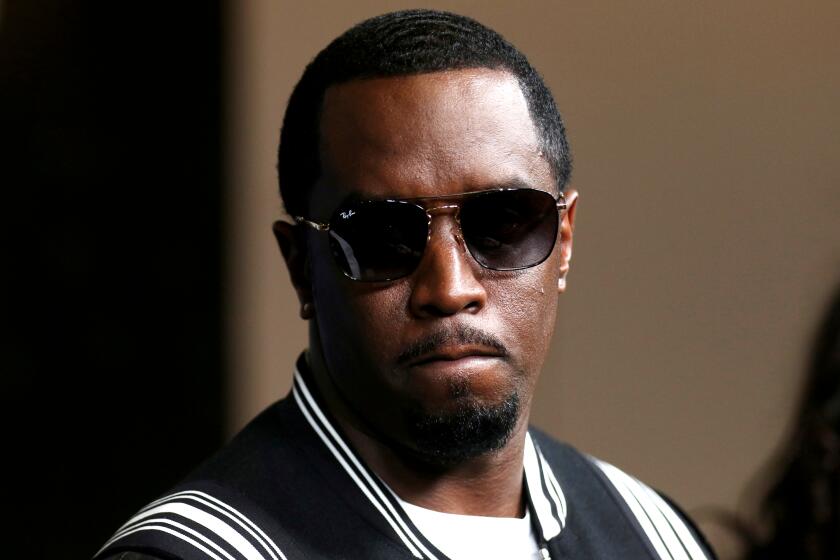Gay — the new straight — I dont think so!
The title of Gregory Rodriguez’s recent L.A. Times column, “Gay the new straight,” certainly caught my attention. Drawing his conclusions from an important new research study done by the Williams Institute at the UCLA Law School, Rodriguez makes many melodramatic, but largely unfounded, claims about gay people. While the rest of you were watching “Desperate Housewives,” I sat down and studied UCLA research demographer Gary Gates’ report, “Geographic Trends Among Same-Sex Couples In The U.S. Census and the American Community Survey,” page by page, statistic by statistic. I recommend it only to the masochists among you.
First Flaw. Rodriguez makes several major generalizations about gay people based solely on one study of same-sex couples. Let’s do some simple math.
The number of gay couples on which the study was made was about 800,000. If there were two people in each couple (but you never know with you gay people), about 1.6 million gay people were included in the study. If we estimate that somewhere between 8% and 10% of the 300 million people in the United States are gay, we can estimate a total gay population of about 27 million. (That’s settling on 9% one of the few times I’m in the middle of the road.) Thus gay couples in the study represent about 6% of the gay population.
For research on geographic trends among same-sex couples, that’s a great statistical sample. The only problem is that you cannot make sweeping generalizations about gay people and gay identity and gay community based on the study only geographic trends among same-sex couples. You also can’t differentiate between lesbian and gay male couples. Also missing was critically important, stratified demographic information such as the age, race and socioeconomic status of the subjects.
Based on my more than four decades of working in the Los Angeles gay community, I would speculate that the majority of gay men are not in coupled relationships, albeit many are desperately trying either to get into one or out of one. And I would speculate further that those who are in coupled relationships tend to be generally more conventional, bourgeois and conservative gay assimilationist than those who are not. Thus, generalizing about the gay community based on undifferentiated and unstratified same-sex couples, as Rodriguez and Gates do, is fraught with gross oversimplification and, in their case, the spinning of a sociopolitical agenda.
Second Flaw. To understand the gay assimilation ideology that Rodriguez is trying to spin, one must understand something about gay history and the struggle between two polarities in the historical development of gay people gay enspiritment vs. gay assimilation. One can trace this debate back to a dinner Walt Whitman (gay enspiritment) and Ralph Waldo Emerson (gay assimilation) had in Boston prior to the publication of the 1860 edition of “Leaves of Grass.” Emerson wanted Whitman to tone down and make more respectable what is usually considered the most famous gay poetry ever written. Whitman refused. Gay enspiritment won the day that time.
Right now we are living in a period where gay assimilation is the dominant ideology of the gay community. It has not always been so. There have been four major periods in our history as gay people here in Los Angeles and nationally:
(1) 1951-53: Radical Beginnings (Enspiritment). Harry Hay and the other politically progressive men who founded the Mattachine Society in Echo Park made a radical statement about homosexuals being a minority group. By organizing a network of secret discussion groups, they called on gay people to work toward creating “a highly ethical homosexual culture” and a “homosexual ethic disciplined, moral and socially responsible.”
(2) 1954-68: Homophile Assimilation. At a fateful 1953 meeting of the Mattachine Society at the old Unitarian Church on Crenshaw Boulevard, conservative homophile assimilationists took over the organization, and the radical founders were largely exiled. Thehomophile assimilationists emphasized the idea that homosexuals are just like heterosexuals except for what they do in bed (or Griffith Park). Respectability (suits and ties for men and dresses for women) and acceptance by the dominant heterosexual society signaled a major move to the right.
(3) 1969-85: Gay Liberation (Enspiritment). Author Mark Thompson called the year 1969 the “Big Bang” for gay people. Homophile assimilation was over, and a new consciousness emerged among gay people. A second radical, indeed revolutionary, push forward took place gay self-respect replaced acting respectable. For the first time in American history, a gay community and virtually all of the gay community’s institutions were created. Gay oppression was battled openly and fiercely. There was no begging for acceptance.
(4) 1985-present: Gay Assimilation. Except for ACT UP and AIDS activism in general, the gay community again moved right, with gay assimilation supplanting gay liberation. The ideology was that gay people are no different from straight people, as reflected in Rodriguez’s Op-Ed. Same-sex marriage became almost the sole item on the assimilationist agenda. The gay assimilation poster boys would be a married gay couple with a home, a child or two and a schedule of PTA meetings and ballet lessons (for the child), a dog, a parrot, a few goldfish and tickets to a fundraising dinner at the Beverly Hilton. Inherent in assimilation ideology is the disappearance of the gay community and gay identity. Gay people would become like hetero tapioca pudding.
Third Flaw. A third major flaw in Rodriguez’s gay assimilationist spin is his use of a conventional immigration-minority group historiography to interpret developments in the evolution of gay people. It goes like this. They (fill in the blank) came to the United States, the Great Melting Pot, and after two generations they were absorbed into the mainstream (except for Africans who came involuntarily and were enslaved).
I would suggest Rodriguez pay attention to Albert Einstein when he said “the significant problems of our day cannot be solved with the same consciousness that created them.” A consciousness from that of our hetero oppressors is needed to understand the present evolution of gay people. Our so-called gay identity, whether negative or positive, is largely hetero-male derived and defined.
A new way of understanding gay people is that being “gay” and being “heterosexual” are radically different like yin and yang two separate and different parts of the whole, the human species. As gay people, our function in human evolution is different from the evolutionary function of heterosexuals (reproductive survival). Not only is being gay important and substantial, it has a significant evolutionary and social purpose and provides gay people with innate purpose that guides our behavior, our lives and our many contributions to society.
For a long time, gays have been trying to minimizetheir differences from heteros as an act of survival. But now, for the first time, the forward-moving force of history compels gay people to maximize their differences from straights as an act of love to ourselves and to them the emergence of a new gay consciousness. In deep and profound ways none of us has “come out” yet.
Don Kilhefner, PhD, is a Jungian psychologist in West Hollywood. He is a founder of Los Angeles’ Gay and Lesbian Center, Van Ness Recovery House and numerous other seminal institutions in the gay community including (with Harry Hay) the Radical Faeries, an international gay spirituality and consciousness movement. With Roberto Blain, he writes a column for Frontiers, Southern California’s largest gay newspaper, titled Edging Out: Exploring the Frontiers of Gay Consciousness.
More to Read
A cure for the common opinion
Get thought-provoking perspectives with our weekly newsletter.
You may occasionally receive promotional content from the Los Angeles Times.










